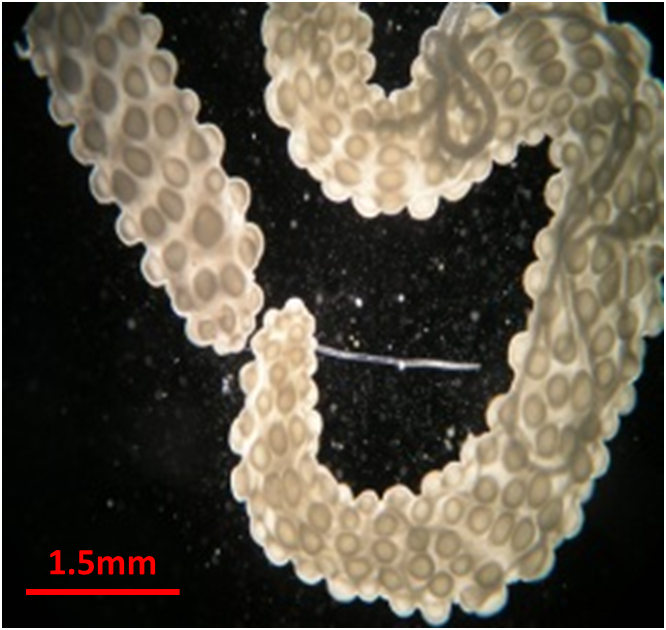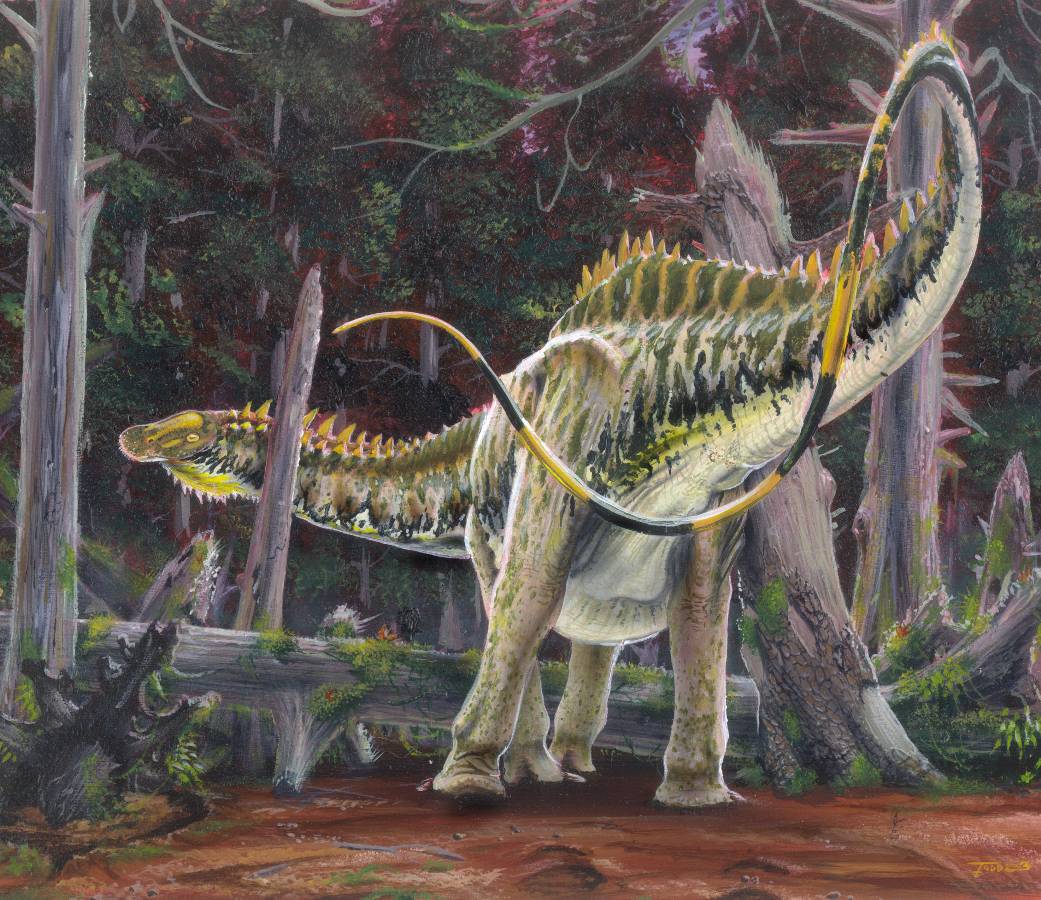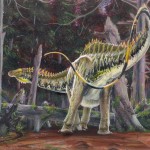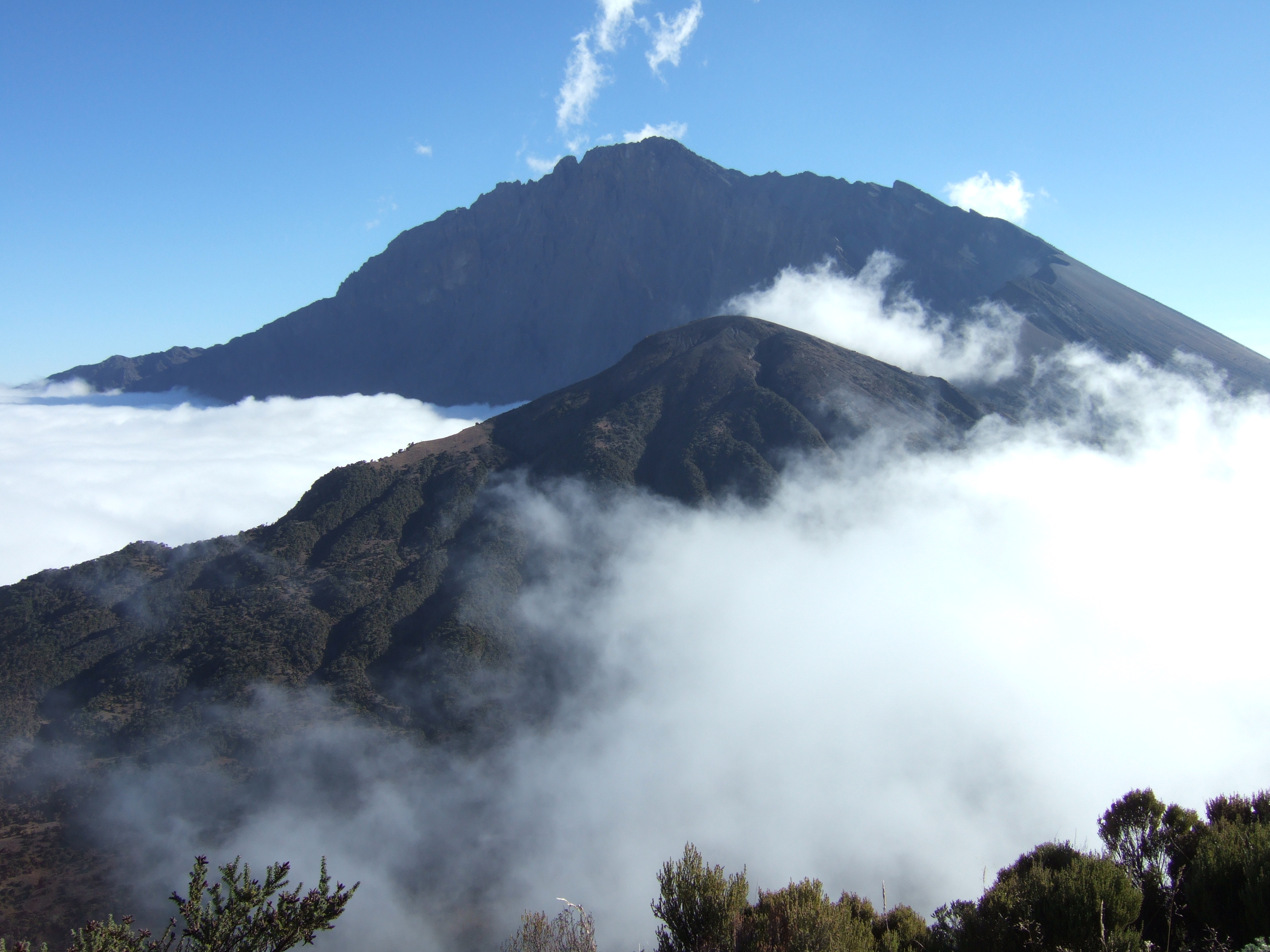I feel a bit of a fraud complaining about the discrimination of women in science because in my current job I’m one of four women in a discipline with only nine faculty members, our head of school is female and so is our head of discipline. I also don’t have any children so I haven’t had to deal with the problems that go along with that. However, I’m not blind; I can see there is a problem! I don’t want to re-hash the problems women in science face in this post; particularly as they’ve been so well covered elsewhere (there have been lots of really cool blog posts about this following the recent Moss-Racusin et al. paper in PNAS). Instead I want to think about potential solutions. Continue reading “A vision for the 21st century workplace”
The plight of the bumble bee; diapause, immunity and parasitic attack

Bee populations are in severe decline, an alarming and worrying trend when you consider their vital importance as commercial and ecological pollinators. Research and media attention often focuses on afflictions of honeybees such as the Varroa mite and colony collapse disorder. However, parasites are also major contributors to the plight of the bumble bee.
Bumble bee queens spend 6-9 months in diapause, a hibernation-like state which allows them to survive harsh winter weather. My research demonstrated that queens have reduced immune function during this time, leaving them vulnerable to infections and parasitic attack.
Sphaerularia bombi is a common yet poorly studied nematode which is found primarily in the Northern hemisphere, infecting up to 50% of queen bumble bees in some areas. Adult female Sphaerularia present in the soil infect diapausing queens. My project showed that, with their immunological guards down, the queens cannot mount an effective response to invading parasites.
Sphaerularia exerts significant influence on its host after the queens emerge from diapause. The nematodes evert their uterus to a structure 300 times the volume of the rest of their body (see picture above). This enormous uterus releases numerous eggs into the host and also extracts nutrients from the bees.
Sphaerularia castrate the queens so they don’t form new colonies. The parasite also changes queens’ behaviour so they go to sites suitable for diapause even though it’s the wrong time of year. Having released larval stage nematodes into the soil, parasitised queens die while the nematodes are then poised to infect new queens entering diapause.
Sphaerularia clearly has a significant impact on a host species with high ecological and commercial value yet it remains very poorly studied. In collaboration with research currently being performed by PhD student Joe Colgan (Trinity College Dublin: Supervisor Dr. Mark Brown) and Dr. Jim Carolan (National University of Ireland, Maynooth), my project filled some of the gaps in our understanding of the molecular interactions between host and parasite. One particularly interesting finding was that S.bombi infection seems to change the protein expression in bees, indicating a complex interaction between host and parasite at the molecular level in parallel to the dramatic physiological and behavioural changes in the bees.
Continuation of this research on a fascinating host-parasite system will bring us closer to understanding and hopefully eventually combatting the plight of the bumble bee.
References
1. Society of Biology News Page http://www.societyofbiology.org/newsandevents/news/view/469
Author
Sive Finlay: sfinlay[at]tcd.ie
Photo credit
Mike Kelly
Thunder lizards + methane = climate change
Mathematics is the language of science and when it comes to biology this is no exception. It’s only when you start researching for yourself that you realise how useful a skill it is. Consider, for example, the mathematical approach that Graeme Ruxton and collaborators bring to their research in ecology and evolution. Ruxton has addressed questions ranging from the foraging radius of vultures to a hypothesis proposing that sauropod dinosaurs produced enough methane, a la modern cows, to affect the climate of the time. The latter paper does seem to ask an intractable question on first inspection given that the animals have been extinct for at least 65 million years. So how do the authors even begin to tackle their question?
Mathematically of course. To begin, they estimate the population density of sauropods during the Jurassic Period from fossil data. Then they take a medium sized sauropod like Apatosaurus louise, which weighed around 20,000kg, as a representative animal. Finally they apply a relationship which gives an indication of methane production per animal, while being careful to note the relatively shorter Mesozoic day:
Methane (litres per day) = 0.18 (body mass in kg) 0.97
Multiplying it all out and the bottom line is that these beasts could put out 520 million tonnes of methane per year into the atmosphere. Incredibly, this is comparable to modern day emissions when the effects of this are apparent to all.The upshot the authors draw is that sauropods were drivers of climate change during the Mesozoic Era. There are some uncertainties in the paper to be sure. For one, the metabolism of dinosaurs is still an unknown and this has implications for their output. But the argument seems to be a sound one and this was all achieved with some fairly basic maths.
References
1. Ruxton, GD, Houston, DC (2002). Modelling the energy budget of a colonial bird of prey, the Ruppell’s griffon vulture, and consequences for its breeding ecology. African Journal of Ecology. 40 (3) p. 260–266.
2. Wilkinson DM, Nisbet EG, Ruxton GD (2012) Could methane produced by sauropod dinosaurs have helped drive Mesozoic climate warmth? Current Biology 22: R292-R293. DOI: http://www.cell.com/current-biology/retrieve/pii/S0960982212003296
Author
Adam Kane: kanead[at]tcd.ie
Photo credit
Todd Marshall
Hot heads lead to hot flashes: the evolution of menopause
A new study has been published online in Ecology Letters by Mirkka Lahdenperä and colleagues, which suggests that competition between grandmothers and their daughters-in-law may explain the evolution of menopause. The study used a 200-year dataset of births, deaths and residency patterns in pre-industrial Finland to show that competition between unrelated females of different generations was a key component of selection for menopause.
Humans are among only four species known to lose their ability to reproduce long before they die; the others being killer whales, pilot whales and one aphid species. This phenomenon of menopause poses somewhat of an evolutionary conundrum: how could the loss of the ability to reproduce increase an individual’s fitness?
One possible answer was suggested by Cant & Johnstone, based on differences in how related a mother and daughter-in-law are to each other’s offspring. Historically, females of reproductive age usually leave their family to co-habit with their spouse’s family in most human societies, while males stay near their parents. This means that elder females are typically unrelated to next generation of reproductive females in their locale. Thus, it is expected that young females should invest in competition with their mother-in-law, while the elder mothers-in-law may be selected to cease investing in reproduction and instead invest in helping to raise their related grandchildren.
The new study by Lahdenperä et al. showed that when a mother and daughter-in-law reproduce at the same time offspring survivorship is reduced by up to 66%, while simultaneous reproduction by a mother and daughter had no effect. These patterns suggest that a daughter and mother-in-law compete strongly for resources for their children, as predicted by Cant & Johnstone.
The authors also used their data to parameterise a kin selection model to show that selection should favour menopause around the age of 50 in order to reduce this conflict. This study provides an excellent example of how theory and data can be combined to tackle evolutionary problems, and provides insight into one of the great peculiarities of the human species.
References
1. Lahdenperä M, Gillespie DOS, Lummaa V, Russell AF (2012) Severe intergenerational reproductive conflict and the evolution of menopause. Ecology Letters. (http://onlinelibrary.wiley.com/doi/10.1111/j.1461-0248.2012.01851.x/abstract)
2. Uematsu K, Kutsukake M, Fukatsu T, Shimada M, Shibao H (2010) Altruistic colony defense by menopausal female insects. Current Biology 20: 1182-1186. (http://www.sciencedirect.com/science/article/pii/S0960982210006391)
3. Cant MA, Johnstone RA (2008) Reproductive conflict and the separation of reproductive generations in humans. Proceedings of the National Academy of Sciences 105: 5332-5336. (http://www.pnas.org/content/105/14/5332)
4. http://en.wikipedia.org/wiki/Kin_selection
Author
Luke McNally: mcnalll[at]tcd.ie
Photo credit
Wikimedia Commons
Welcome to EcoEvo@TCD
Welcome to the Ecology & Evolution blog written by members of the School of Natural Sciences, Trinity College Dublin, Ireland.








